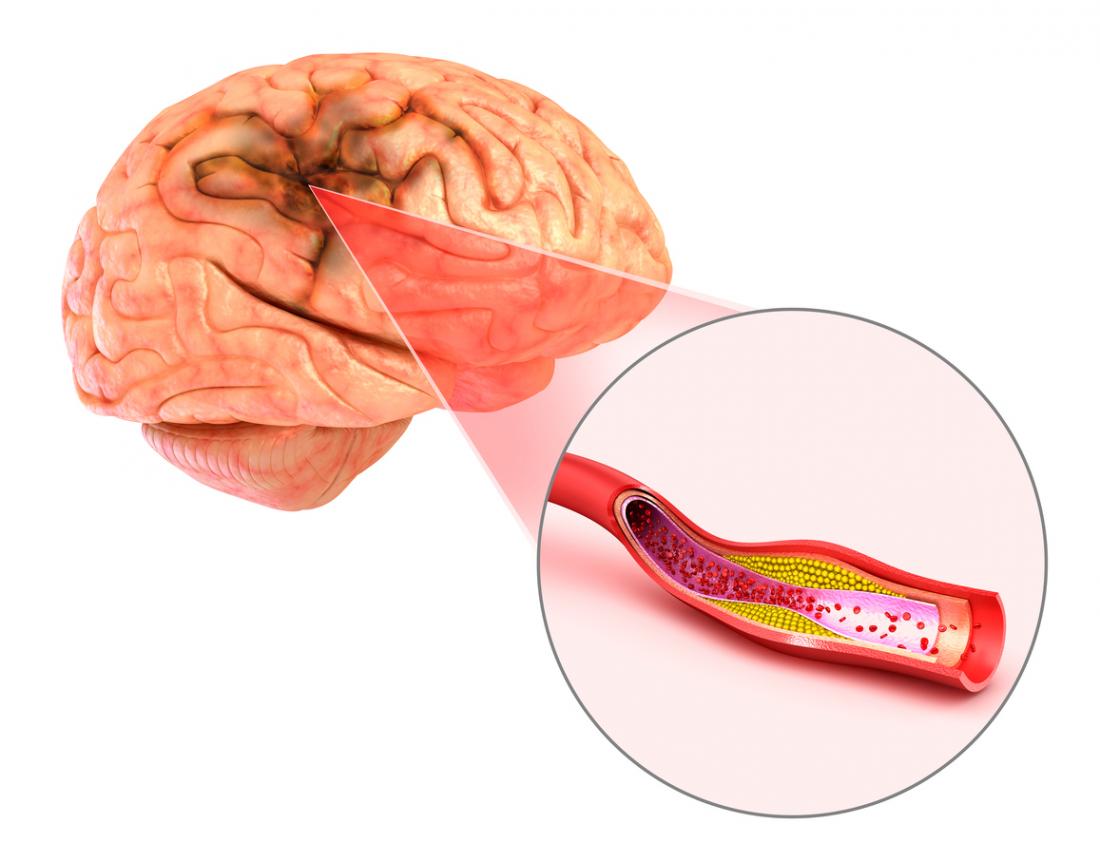What is an Aneurysm?
An aneurysm occurs when part of an artery wall weakens, allowing it to balloon out or widen abnormally.
The causes of aneurysms are sometimes unknown. Some may be congenital, meaning a person is born with them. Aortic disease or an injury may also cause an aneurysm.
A family history of aneurysm may increase your risk for developing an aneurysm. Other risk factors include high blood pressure, high cholesterol and smoking.
Aneurysms can occur anywhere, but the most common are:
* Aortic aneurysm occurs in the major artery from the heart
* Cerebral aneurysm occurs in the brain
* Popliteal artery aneurysm occurs in the leg behind the knee
* Mesenteric artery aneurysm occurs in the intestine
* Splenic artery aneurysm occurs in an artery in the spleen

Symptoms and diagnosis
Aneurysms can develop slowly over many years and often have no symptoms. An aneurysm occurring near the surface of the skin may be painful and include swelling with a visible throbbing mass.
If an aneurysm expands quickly or ruptures, symptoms may develop suddenly and include:
* Pain
* Clammy skin
* Dizziness
* Nausea and vomiting
* Rapid heart rate
* Shock
* Low blood pressure
